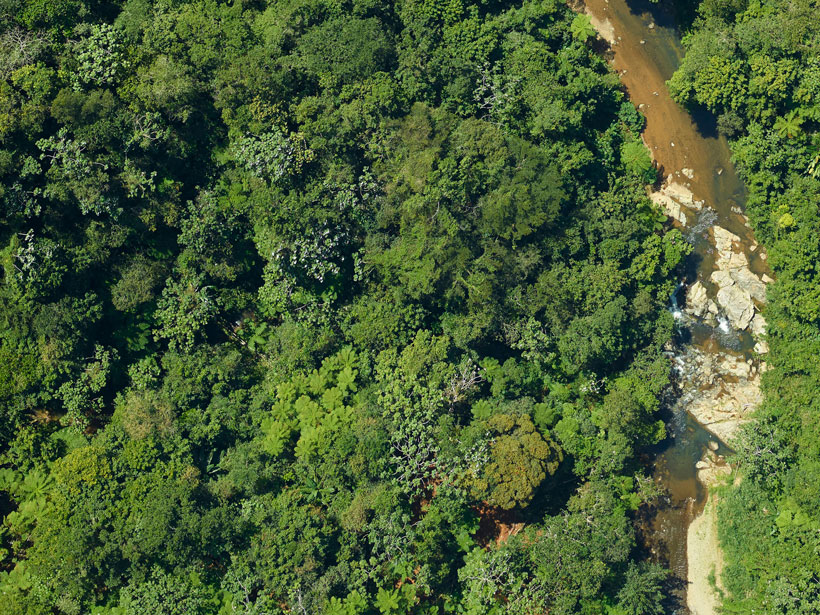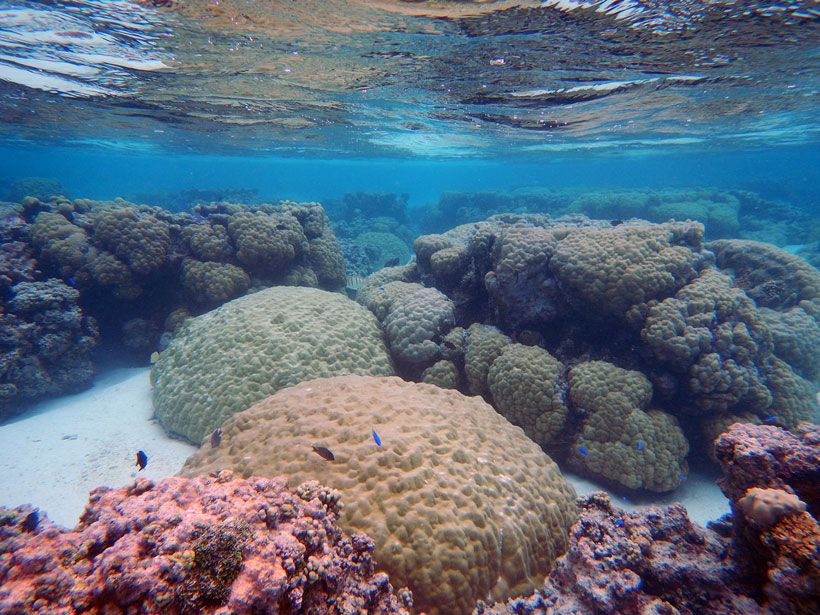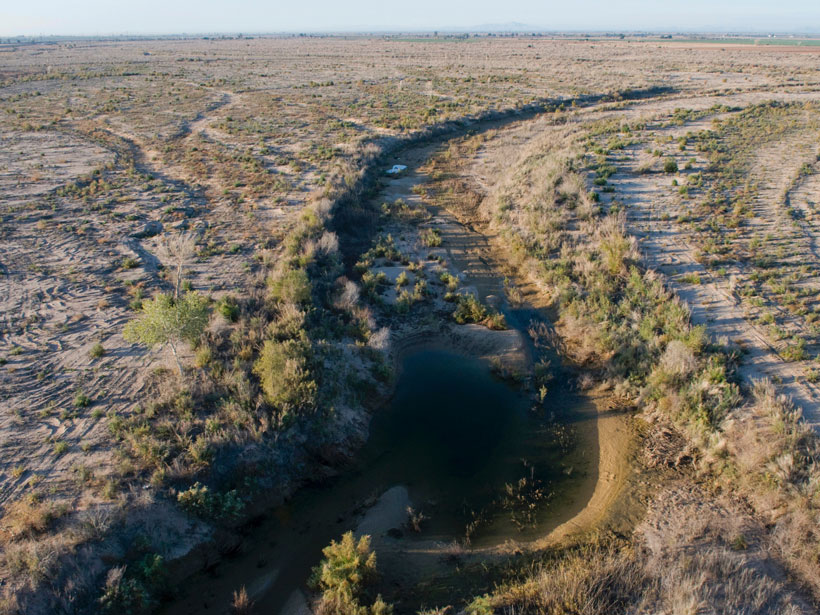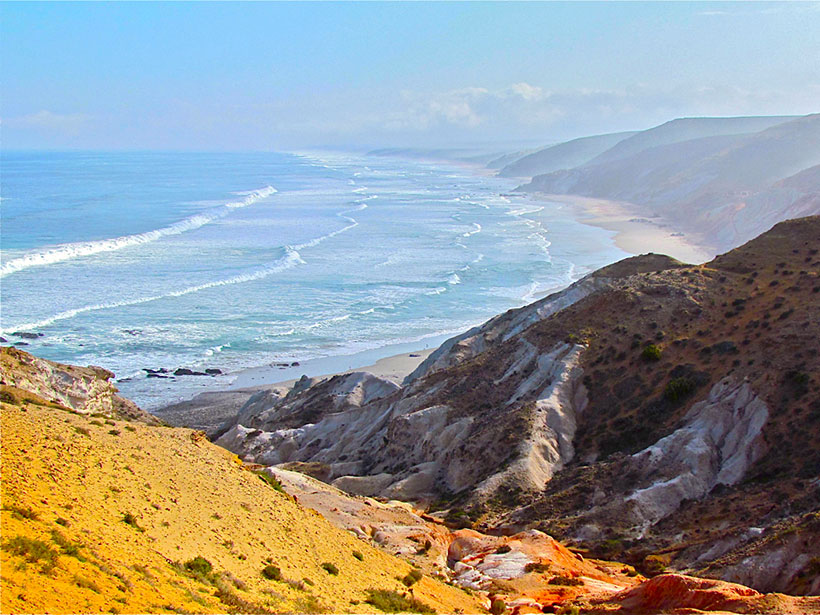Different satellite-based metrics for global vegetation coverage tell complementary, but not identical, stories.
Research Spotlights
Research spotlights are plain-language summaries of recent articles published in AGU’s suite of 24 journals.
Corals Make Reliable Recorders of El Niño Fluctuations
A new tool that reconciles modeling and paleoclimate data builds confidence that tropical Pacific corals reliably archive natural variability in the El Niño–Southern Oscillation climate pattern.
Altitude Matters for Solar Eclipse Observations
The path of a solar eclipse through Earth’s ionosphere, which can be quite different than it is at ground level, appears to explain patterns of ionized particle depletions.
¿Cuántas Modificaciones Puede Aguantar el Ciclo de Agua de la Tierra?
El marco teórico que estudia los límites planetarios define cuánta perturbación humana pueden soportar los diversos procesos del sistema terrestre, pero puede que no describa adecuadamente el ciclo del agua o la medida en que lo hemos alterado.
Estuary Research Suffers from Scientific Bias
Researchers are calling for a closer look at nutrient cycling in tropical and low-nutrient estuaries, which have long been overlooked in the scientific literature.
Modeling Water Stress for Shared Water Resources
Billions of people rely on water resources that originate across borders. New research evaluates how climate change and increased water demand could affect future water stress.
More Warming Means Worse Impacts from Runoff and Drought
New research highlights differences in drought and flood hazards globally under 1.5°C versus 2°C temperature increases and estimates associated human and economic effects.
Glacial Contributions to 21st Century Sea Level Rise
Researchers identify the main sources of uncertainty in projections of global glacier mass change, which is expected to add about 8–16 centimeters to sea level, through this century.
Ancient Sea Levels in South Africa May Offer Modern Analogues
Largely spared from disruptive tectonic activity, the South African coastline offers a natural setting to study sea levels from when Earth’s atmospheric carbon dioxide last reached today’s levels.
Great Plains Plants Bounce Back After Large Wildfires
An analysis of nearly 1,400 wildfires suggests that some postfire techniques used to help restore vegetation may be unnecessary.










